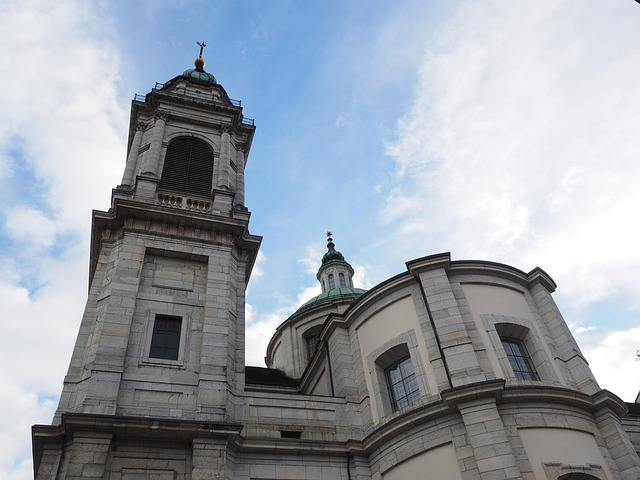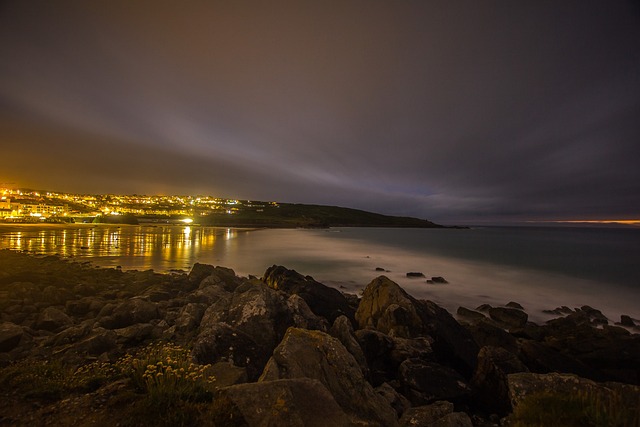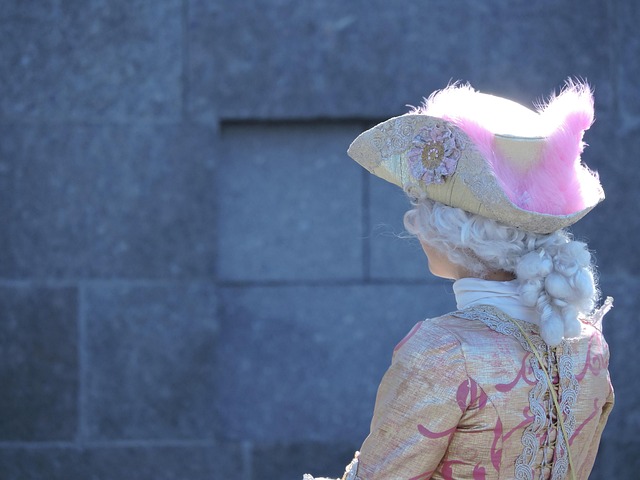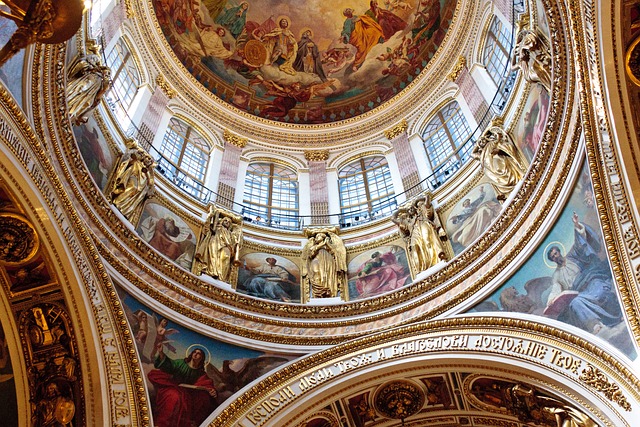Historic buildings are more than architectural gems; they are keys to our collective memory. Preserving them in real estate isn't just conservation; it's a strategic move that increases property value, attracts discerning buyers seeking unique charm, and drives local economies. By integrating historical architecture into community identity, developers foster cultural heritage, education, and tourism. Today, prospective homeowners and tenants are drawn to properties with historical significance, combining the allure of history with modern amenities. Revitalizing heritage sites through real estate development ensures these architectural treasures endure, while also creating vibrant spaces that preserve their authentic character for future generations.
“Unveiling the past through historic buildings, we explore how these architectural gems not only shape our present but also hold the key to our future. In real estate, preserving historical architecture is more than just a trend; it’s a vital aspect that attracts buyers seeking unique, character-filled spaces. From structure and design influences of pioneer times to their revitalized roles today, these buildings tell stories. This article delves into the significance of historic sites in real estate, uncovering why they matter and how they can drive community growth while celebrating our shared heritage.”
Preserving Historical Architecture: Why Old Buildings Matter in Real Estate

Historic buildings are more than just architectural wonders; they are living testaments to our collective past, offering a unique glimpse into how our ancestors lived and worked. In real estate, preserving these structures is not merely a conservation effort—it’s a strategic move that enhances property value and appeals to a wide range of buyers. The charm and character inherent in old buildings can attract prospective tenants or homeowners looking for something distinctive and unique.
Moreover, historic architecture often tells compelling stories, becoming integral parts of a community’s identity. By preserving these buildings, real estate developers and investors not only contribute to cultural heritage but also create opportunities for education and tourism. Many buyers are now drawn to properties with historical significance, recognizing the value in owning a piece of history while also enjoying modern amenities.
Uncovering the Stories: Exploring Pioneer Influences on Structure and Design
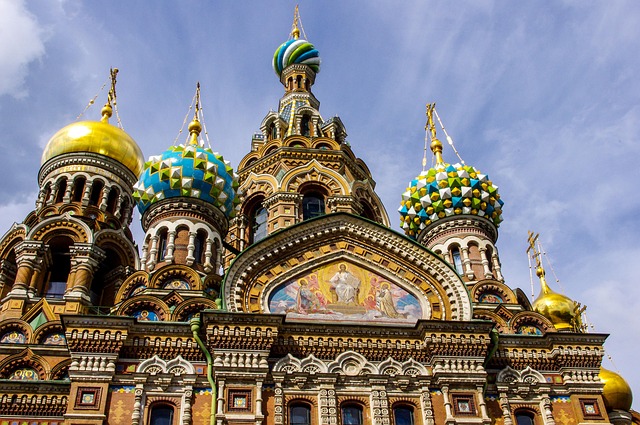
Uncovering the stories hidden within historic buildings is a fascinating journey into the past, offering insights into the lives and struggles of pioneers who came before us. These structures, often nestled in vibrant real estate developments, bear the marks of their time—a testament to the ingenuity and perseverance of early settlers. By exploring these pioneer influences on structure and design, we gain a deeper appreciation for the architectural evolution that has shaped our urban landscapes.
Each building tells a tale, from the functional designs tailored to the region’s climate to the intricate details reflecting cultural heritage. The materials used, construction techniques, and layout choices all provide clues about the pioneers’ daily lives, aspirations, and challenges. These stories are not just about the past; they also offer inspiration for modern real estate developments, encouraging contemporary architects and designers to integrate historical elements while enhancing functionality and aesthetics.
Revitalizing Heritage Sites: The Role of Real Estate in Celebrating and Sustaining Historic Buildings
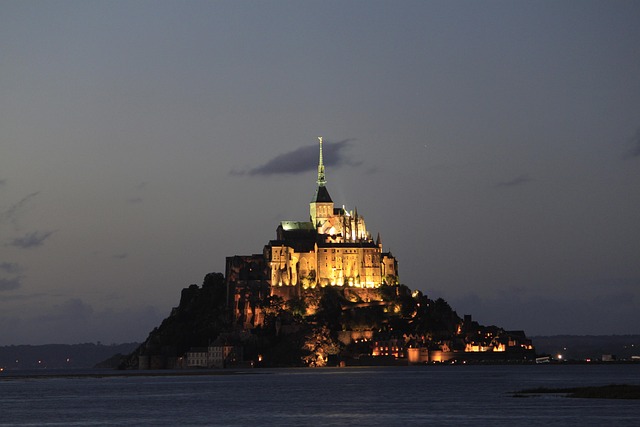
Revitalizing heritage sites through real estate development plays a pivotal role in celebrating and sustaining historic buildings. By recognizing the cultural value embedded within these structures, developers can transform them into vibrant spaces that cater to modern needs while preserving their authentic character. This process involves careful restoration, adaptive reuse, and strategic planning to ensure the integrity of historical architecture is maintained.
Real estate has the potential to breathe new life into historic buildings by attracting businesses, residents, and tourists alike. Such revitalization not only bolsters local economies but also fosters a deeper connection between communities and their past. Through innovative design and responsible development practices, real estate can help safeguard these cultural landmarks for future generations, ensuring that they remain integral parts of our shared heritage.

